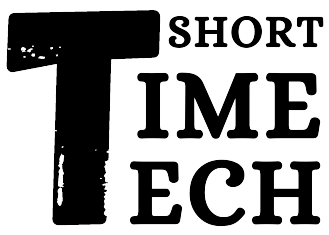In 2024, productivity software is undergoing a significant transformation driven by advancements in artificial intelligence (AI). As remote work and digital collaboration continue to shape the workplace, AI-powered tools are emerging as essential assets for enhancing efficiency and optimizing workflows. This evolution not only streamlines tasks but also allows individuals and teams to focus on higher-level strategic initiatives.
1. AI Integration in Productivity Tools
AI integration in productivity software is redefining how tasks are approached and completed. In 2024, applications like Microsoft Office, Google Workspace, and Notion are leveraging AI to automate mundane tasks and provide intelligent suggestions. For instance, AI-powered writing assistants can analyze text in real time, offering grammar corrections, style improvements, and content suggestions based on context. This capability helps users create polished documents more efficiently.
Additionally, task management tools are employing AI algorithms to prioritize tasks based on deadlines, user preferences, and workload. By analyzing historical data, these tools can recommend which tasks should be tackled first, helping users manage their time more effectively and avoid burnout.
2. Enhanced Collaboration Features
As remote work becomes the norm, collaboration is more critical than ever. In 2024, productivity software is embracing AI to enhance teamwork and communication. Tools like Slack and Microsoft Teams are incorporating AI-driven features that facilitate real-time collaboration, such as smart meeting schedulers and AI chatbots that can answer questions and provide information without requiring human intervention.
Moreover, AI is improving project management software by automatically updating team members on project statuses and milestones. For example, tools like Trello and Asana can now send alerts and reminders based on team activity, ensuring everyone stays informed and aligned on project goals.
3. Personalization and User Experience
The future of productivity software in 2024 also emphasizes personalization. AI algorithms can analyze user behavior and preferences to customize interfaces and features. This adaptability ensures that users can access the tools and resources they need quickly, reducing friction and enhancing overall satisfaction.
For instance, productivity apps can now learn which features are most frequently used by individual users and tailor the interface accordingly. This level of personalization not only boosts efficiency but also fosters a more engaging user experience, as software adapts to the unique workflows of different individuals or teams.
4. The Road Ahead: Challenges and Opportunities
While the future of AI-powered productivity software is promising, it is not without challenges. Data privacy and security remain paramount concerns, particularly as more personal and professional information is processed by AI algorithms. Companies must prioritize secure data handling and transparency to build trust among users.
Looking forward, the potential for AI in productivity software is vast. As technology continues to advance, we can expect even more innovative features that empower users to work smarter, not harder. The convergence of AI and productivity software is set to redefine how we approach tasks and collaborate in an increasingly digital workplace.
In conclusion, AI-powered productivity software is transforming the way we work in 2024. By automating routine tasks, enhancing collaboration, personalizing user experiences, and addressing challenges, these tools are paving the way for greater efficiency and effectiveness in both individual and team-based workflows.

